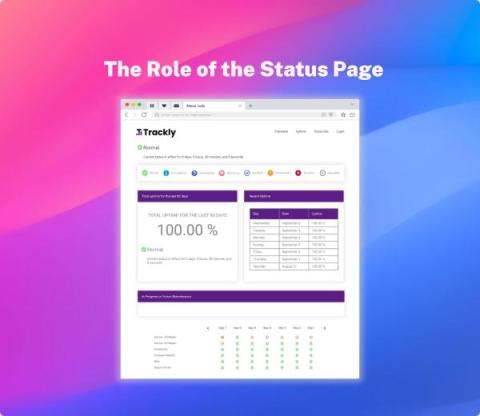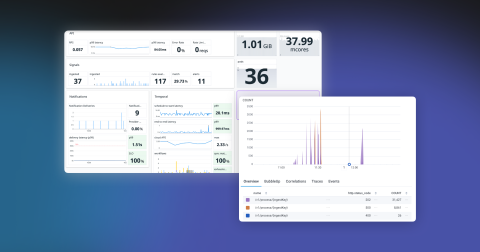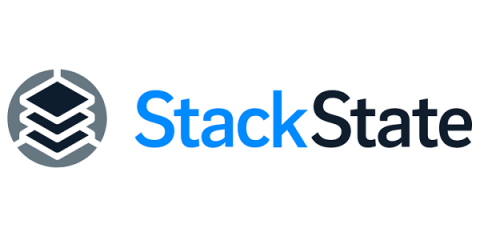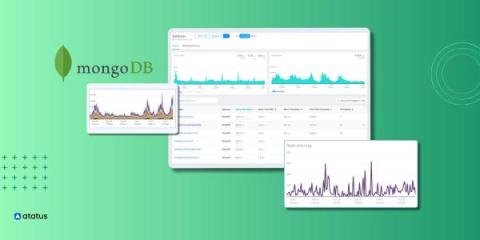You Can Solve the Application Waste Problem
If you’re like most companies running large-scale data intensive workloads in the cloud, you’ve realized that you have significant quantities of waste in your environment. Smart organizations implement a host of FinOps activities to ameliorate or address this waste and the cost it incurs, things such as: … and the list goes on. These are infrastructure-level optimizations.











